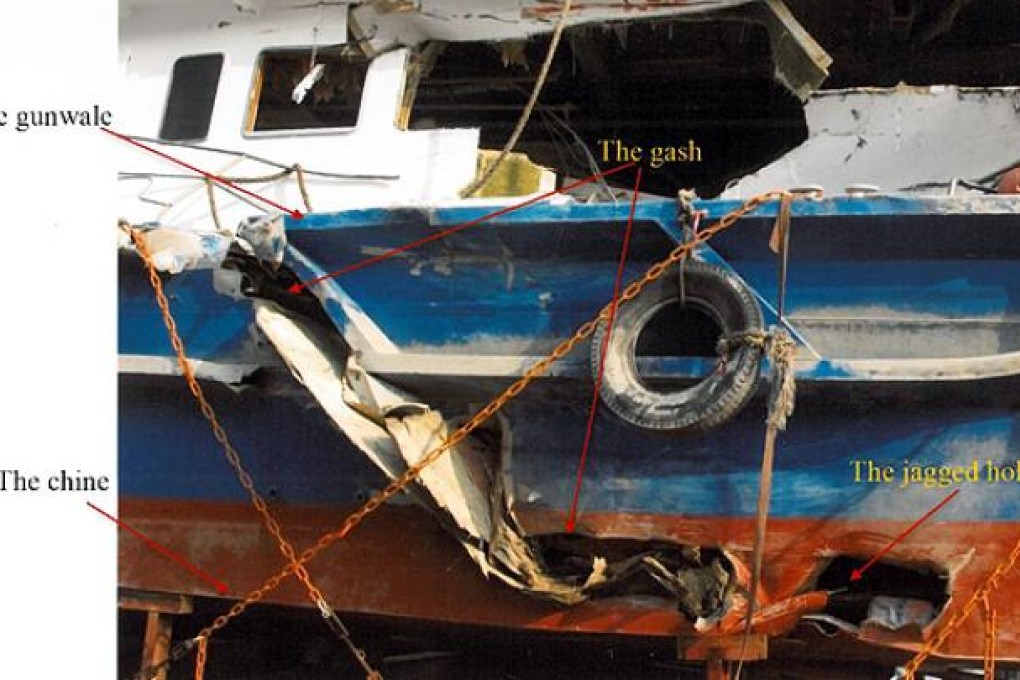Thicker hull may have bought ferry passengers ‘marginally more time’
There could have been “marginally more time” for Lamma IV passengers to escape from the sinking vessel if it had been built with thicker side plating, an Australian expert testified on Tuesday.


Naval architect Dr Anthony Armstrong said he believed the ship was built using side plating of 4.5mm – 0.5mm thinner than in the designer’s original drawings, and 0.72 mm less than the international standard set out in 1995.
“The thinner plating size on Lamma IV may have contributed to the extent of the damage that was experienced,” Armstrong said. “Plating of a greater thickness would have reduced the damaged hole, which in turn might have provided marginally more time for escape before the vessel sank.”
The bottom plating was between 0.2mm and 0.5mm thinner than the 6mm set out in the drawings, but Armstrong said that had little to do with the sinking.
In a 2005 survey requested by the Marine Department, the side plating was found to be 4.5mm, but it decreased by 0.1mm in another survey a few years later. The department blamed the decrease on normal wear and tear, but Armstrong said in his report that he believed it was an error in measurement.
The hearing continues on Tuesday afternoon.
